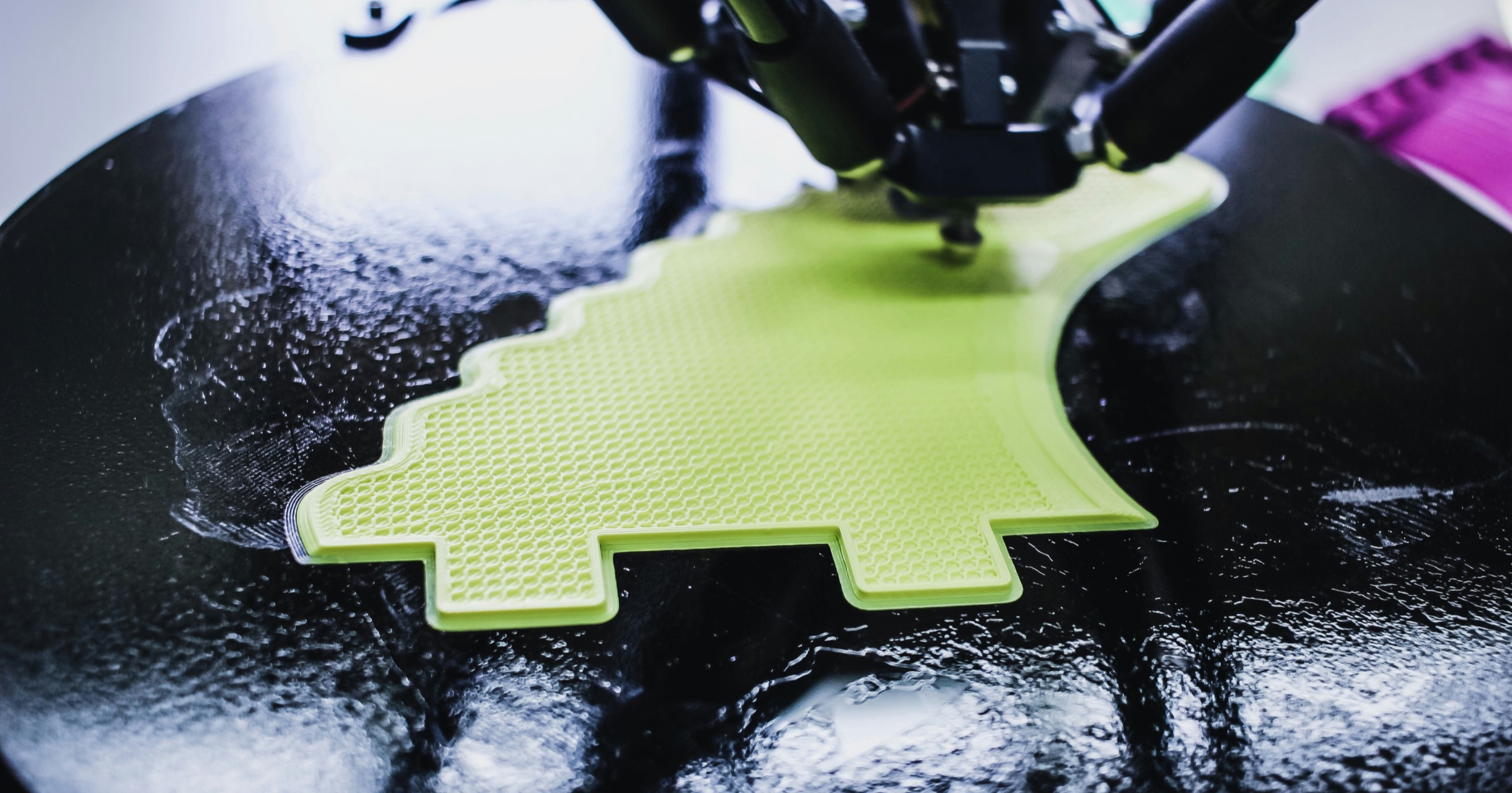3D printing, also known as additive manufacturing, has taken the world by storm, changing the way products are designed, prototyped, and produced. Traditionally, manufacturing has relied on subtractive processes—starting with raw material and carving it down to the final product. However, 3D printing allows manufacturers to build objects layer by layer, offering numerous benefits that are transforming the industry. In this blog, we’ll explore how 3D printing is revolutionizing manufacturing and what it means for the future of production.
1. Speeding Up Prototyping and Product Development
One of the most significant ways that 3D printing is revolutionizing manufacturing is through its impact on prototyping. In traditional manufacturing, creating a prototype can take weeks or even months, especially when molds or specialized tools are required. With a 3D printer, prototypes can be produced in a matter of hours, allowing engineers and designers to iterate quickly and test their ideas in real time.
The ability to produce multiple prototypes in a short amount of time not only speeds up the development process but also reduces the overall cost of product development. Companies can bring products to market faster, giving them a competitive edge.
2. Cost-Effective Customization
Customization is another area where 3D printing has a huge advantage over traditional manufacturing methods. In mass production, customization often involves costly retooling or creating new molds, which can make producing small batches of custom products prohibitively expensive. With 3D printing, customization is as simple as adjusting the digital design before printing.
This flexibility is revolutionizing industries that require personalized products, such as medical devices, where implants or prosthetics need to be tailored to each patient’s specific needs. The same is true for industries like automotive and aerospace, where customized components are becoming more common. 3D printing makes it feasible to produce custom parts without the high costs associated with traditional manufacturing.
3. Reducing Material Waste
In traditional manufacturing processes, especially subtractive methods like CNC machining, a significant amount of material is wasted as it’s cut away to form the final product. This not only increases costs but also contributes to environmental waste. In contrast, 3D printing uses only the material necessary to build the object layer by layer, drastically reducing waste.
For industries looking to minimize their environmental impact, additive manufacturing offers a more sustainable solution. Less material waste means reduced raw material costs and a smaller carbon footprint, making 3D printing an attractive option for companies prioritizing sustainability.
4. On-Demand Manufacturing
3D printing is also changing how companies approach inventory management. Traditional manufacturing often requires producing large quantities of items upfront, which can lead to excess inventory and wasted resources if those products aren’t sold. On the other hand, 3D printing enables on-demand manufacturing, where items are produced only when needed.
This shift toward on-demand production reduces the need for large warehouses full of unsold products and lowers storage costs. Additionally, it allows for more efficient use of capital since companies don’t need to invest in bulk manufacturing before there is confirmed demand for their products.
5. Localized Production and Supply Chain Simplification
Global supply chains have become increasingly complex, and disruptions such as natural disasters or political conflicts can lead to delays and increased costs. With 3D printing, manufacturers can decentralize production by setting up small-scale production facilities closer to their markets, reducing their dependence on long, complex supply chains.
This localized production model reduces shipping costs and lead times, ensuring that products can be delivered to customers faster. It also provides companies with greater control over their production processes, as they’re no longer at the mercy of external suppliers or logistical challenges. By adopting 3D printing, businesses can build more resilient supply chains that are less vulnerable to disruptions.
6. Innovative Product Designs
The design freedom offered by 3D printing is one of its most game-changing features. Traditional manufacturing techniques often come with design limitations due to the tools and processes involved. For instance, complex internal structures or intricate geometries may be difficult or impossible to create using conventional methods.
3D printing, however, has no such limitations. Engineers and designers can create complex, intricate shapes that would be too costly or complicated to produce using traditional manufacturing techniques. This opens the door to innovative product designs, particularly in industries like aerospace and healthcare, where lightweight, high-strength components are essential. Additive manufacturing allows for the creation of stronger, lighter, and more efficient parts than ever before.
7. Cost Reduction for Small-Scale Production
Traditional manufacturing typically operates on economies of scale, meaning it’s more cost-effective to produce large quantities of items. Small-scale production runs can be very expensive due to the high setup costs for molds, dies, and tooling. However, 3D printing excels in small-batch and even single-unit production.
For startups or companies offering niche products, 3D printing allows them to create high-quality items without the steep upfront costs associated with traditional manufacturing. This democratizes manufacturing, enabling smaller businesses to compete with larger players and bring innovative products to market at lower costs.
The Future of 3D Printing in Manufacturing
The benefits of 3D printing are clear, but what does the future hold for this technology? As 3D printing continues to advance, it’s likely that we’ll see even broader adoption across industries. Innovations in materials, such as metal and ceramic 3D printing, are expanding the capabilities of additive manufacturing, allowing for stronger and more durable components.
Moreover, improvements in speed and precision are pushing 3D printing closer to large-scale industrial production. While it’s already a game-changer for prototyping and custom parts, future developments may see 3D printing play an even larger role in mass production, challenging traditional manufacturing at every level.
For businesses looking to stay ahead of the curve, investing in the best 3D printer technology now could offer long-term competitive advantages, particularly as the technology becomes faster, cheaper, and more versatile.
Conclusion
3D printing is revolutionizing the manufacturing industry in ways that were unimaginable just a few decades ago. From speeding up product development to enabling cost-effective customization, additive manufacturing is reshaping how companies think about production. It’s reducing material waste, allowing for on-demand manufacturing, and simplifying supply chains—all while giving designers unprecedented freedom to create innovative products.
As the technology continues to evolve, the impact of 3D printing on manufacturing will only grow. Whether you’re a large corporation or a small business, now is the time to explore how a 3D printer can transform your operations and position you for future success.















